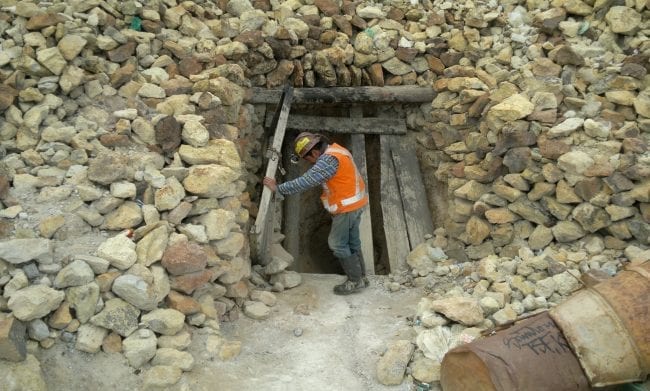
Extractive Industries and Human Trafficking in Latin America
Latin America is endowed with some of the world’s largest oil, gas and mineral resources deposits. In the past two decades extractive industries focusing on the removal of oil, gas, gold, silver, iron, copper, and tin have grown exponentially in the region. While the host country can financially benefit from the resource removal, extraction comes with risk to the local communities, including “volatile economic growth, violent conflicts, corruption, environmental degradation and linked social harms,” like sex trafficking and forced labor. The connection between human trafficking and extractive industries in Latin America is pervasive and in most cases occurs with impunity.
Forced labor in extractive industries in Latin America has been well documented. In Brazil, forced labor is most common in rural areas in logging and mining camps. Indigenous peoples in Peru, Bolivia and Paraguay are particularly at risk of being trafficking for forced labor. The illegal gold mines in the Andean countries of Colombia, Ecuador, Peru, and Venezuela have become hotspots for human trafficking. High gold prices from 2000 to 2010 created a gold rush and led organized crime groups moving into the multibillion-dollar illegal mining industry in Latin America. Gold-miners in Peru often find themselves in debt bondage being held without wages until they repay supposed debt to the labor broker who hired them. Each day the amount they owe increases as they are charged for room and board.
Mining, drilling, and quarrying activities often occur in relatively remote areas with minimal infrastructure and limited rule of law. This environment allows abusive labor practices to go unnoticed and unpunished. Forced labor isn’t the only form of human trafficking that occurs in connection with extractive industries — sex trafficking often occurs as well. The large influx of male workers that inevitably comes with the discovery of raw materials leads to a high demand for sexual services. Sexual exploitation is very much prevalent in mining areas, one such area in Peru estimated to have “around 2,000 sex workers employed in 100 brothels, 60 percent of them children.” While it may seem like a simple solution to shut down the brothels and rescue the exploited children, the reality is that areas where extraction industries take place can be difficult to reach and lack a meaningful police presence.
Latin American governments need to step up efforts to tackle illegal mining and regulate legal mining as it is creating lawless encampments where women and children are sexually exploited and men are caught in debt bondage.
Michelle Lillie is the former Communications Director for Human Trafficking Search.
Photo courtesy of Wikimedia Commons.
